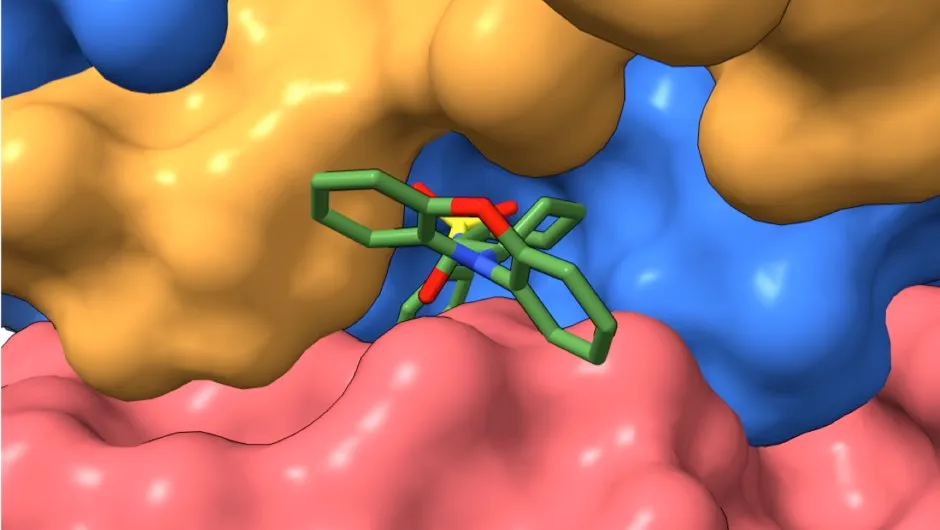A team of scientists led by the University of Michigan Rogel Cancer Center has identified a key braking mechanism that could potentially halt the runaway growth of many different types of cancer.
The breakthrough is centred on PP2A, a type of enzyme produced by the human body that is capable of halting a tumour’s growth by breaking down proteins used by the cancer to duplicate.
Scientists have known for a while that certain compounds, dubbed SMAPs meaning small molecule activators of PP2A, are capable of increasing the activity of PP2A, helping it to kill cancer cells and shrink tumours. However, they lacked a precise understanding of the location on the protein at which these compounds interact.
To solve this issue, the team used a special type of microscope to produce a 3D model of a molecule that binds to the protein PP2A at certain points, allowing it to halt the growth of tumours.

“The three-dimensional images of our tool-molecule, DT-061, bound to PP2A, allowed us to see for the first time precisely how different parts of the protein were brought together and stabilized by the compound,” said study co-senior author Derek Taylor, an associate professor at Case Western Reserve University.
As PP2A is also inhibited in other illnesses, such as cardiovascular diseases like heart failure and neurodegenerative diseases like Alzheimer’s, Taylor hopes that now the structure of the DT-061 molecule is known, it can be used to develop compounds for use in a wide range of future clinical treatments.
Read about the latest cancer breakthroughs:
